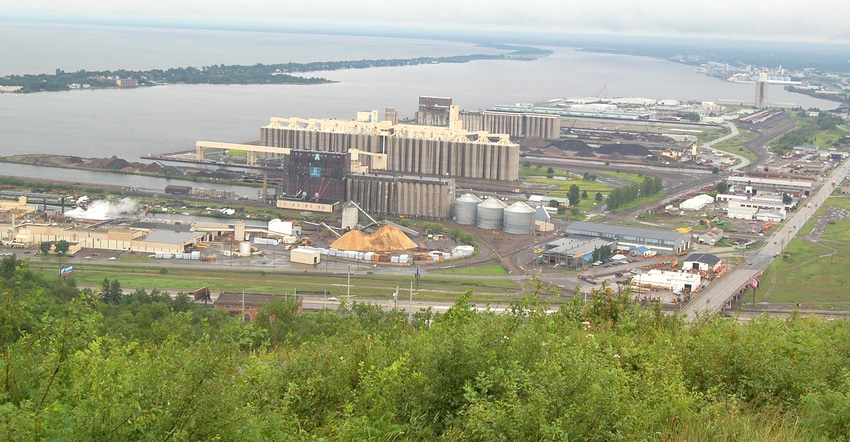October 19, 2018

By Ron Obermoller
In recent weeks and months, much has been written about the tariffs imposed on U.S. agricultural exports, and arguments have been made on both sides of the trade proceedings.

Ron Obermoller

U.S. tariffs imposed on China and other countries prompted retaliation and declining on-farm prices. China is expected to drop from being the second-largest market for U.S. agricultural goods to the fifth-largest in 2019, according to the American Farm Bureau Federation.
Regardless of the side on which you fall, one truth cannot be argued: Tariffs have contributed to lower farm-gate prices. This, in turn, makes it harder for families to continue the proud Minnesota tradition of farming. This will inevitably lead to fewer farms and — due to the flight of rural youth to metropolitan areas in search of a brighter future — fewer farmers.
These facts make the present a critical juncture in the future of American agriculture. The actions we take now will have a long-term impact for future generations across the country, in both rural and urban communities.
This is why I think it’s important to point out that the current situation has created a unique window of opportunity for Minnesota. You see, in times like this, innovation is more important than ever — be it finding innovative new ways to use Minnesota-grown commodities or developing ways to introduce new markets or revenue streams into existing agricultural operations.
As I write this, there is an organization in this state, which you should be aware of, that is doing exactly this. The Agricultural Utilization Research Institute (AURI) investigates new ways to use commodities, create new revenue streams for Minnesota farmers and support the innovations of producers, entrepreneurs and agribusinesses. It helps develop new uses for agricultural products through science and technology, while partnering with businesses to commercialize them.
AURI works in partnership with research and promotion councils, agribusinesses, academia, government and many other partners to advance innovative ideas that have commercial application. As a result, AURI has helped countless producers, businesses and organizations advance ideas to the marketplace, and thus created economic opportunities across the state, through new sales utilizing the state’s commodities as well as through increased capital investment and job creation.
The state created AURI nearly 30 years ago to advance opportunities for agricultural producers, and today AURI continues to stand ready to serve producers and businesses that want to explore new possibilities for their lower-priced crops and livestock through value-added endeavors.
Whether you believe the current trade approach is a good thing for our country, or a detriment, it is the current reality. As a result, now may be an opportune time to explore those often-considered value-added ideas for your crops through the efforts of organizations like AURI. AURI connects entrepreneurs with developers, financiers and partners in education and government to take their ideas and turn them in to commercialization through the Innovation Network Program.
Examples of AURI’s success include sunflower growers finding additional uses for spent sunflower meal, and soybean farmers incorporating their crops into bio-based road sealants. Both of these projects are supported by AURI.
Visit the AURI Innovation Network Program website to learn more about how you can get started and add your chapter.
Obermoller serves as chairman of AURI’s board, representing the Minnesota Soybean Research & Promotion Council. He is the fourth generation to run his family’s 900-acre corn and soybean farm near Brewster, Minn. He is active in the Nobles County Corn and Soybean Growers Associations and is a member of the Minnesota Corn Growers, National Corn Growers and Minnesota Soybean Growers associations.
You May Also Like




